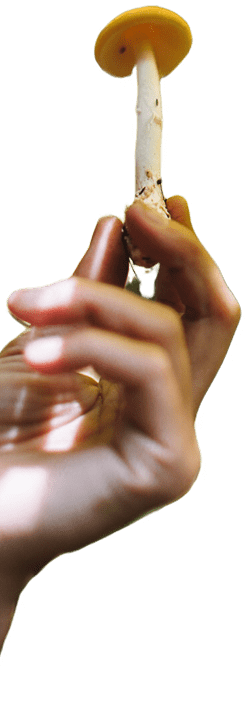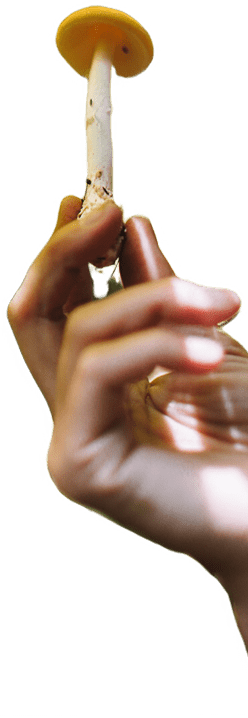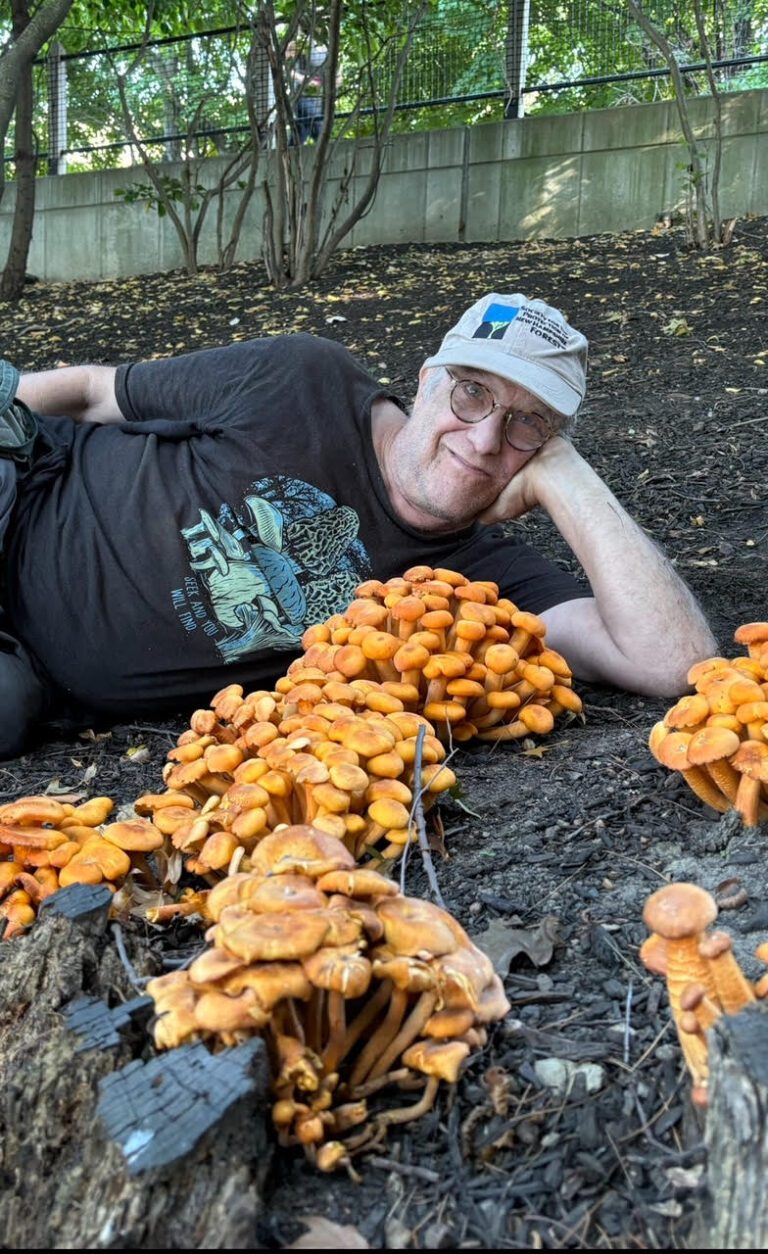The Psychro Ward Fungi Adaptations and Climate Change in the Arctic
With Lawrence Millman
Get lifetime On-Demand access to this Masterclass via our Mushroom Membership!
The link to this Masterclass will be found on you Student Dashboard after registration!
Despite common misconceptions, fungi do thrive in the Arctic — though their species diversity is lower than in temperate regions, their biomass is surprisingly substantial. In this presentation, Lawrence explores the fascinating adaptations that allow Arctic fungi to survive in extreme cold conditions. For example, some boletes possess sterile cells that serve to protect their fertile cells, showcasing unique survival strategies. Additionally, he touches on the distinctive perspectives indigenous peoples hold regarding fungi in these environments.
The latter part of the talk addresses the impacts of climate change on Arctic fungal communities. Established species are disappearing while new species from southern regions are emerging. This shift, combined with the arrival of new vascular plants that outcompete older species, is disrupting critical mycorrhizal relationships. Long-adapted fungi are losing their specialized cold-weather features, such as boletes exhibiting fewer protective sterile cells.
Ultimately, while fungi will continue to exist in the Arctic, the species composition and ecological dynamics are rapidly transforming — offering a glimpse into a changing world beneath the snow and ice.
PRICING
PREMIUM MYCELIUM
$16.66
/month
billed annually


- Access to monthly live Online Events including:
- Psychedelic Integration Circles
- Masterclasses (live only)
- Fungi Town Hall Meetings
- Large on-demand Library of 60+ Masterclasses from world-class teachers with new content added every month
- Library of Somatic Classes with world-class teachers
- Library of downloadable infographs, including Mushroom Materia Medica and Journeywork Journal Prompts
- Access to our banned YouTube Content
- Members-only discounts including:
- 40% discount on Online Courses
- Special rate for Online Cohorts
- Special rate for In-Person Immersions
- Connect and share in our exclusive Private Community
- Exclusive monthly bonuses and discounts!


Meet Your Teacher
Lawrence Millman is man who wears many hats. He’s the author of 21 books, including such titles as Last Places, Our Like Will Not Be There Again, A Kayak Full of Ghosts, At the End of the World, The Last Speaker of Bear, Outsider, and — most recently — Drinks With God. His mycological books include such titles as Fungipedia, Foraging with Jeeves, and Fascinating Fungi of New England. He has done mycological work in places as diverse as Greenland, Honduras, Hudson Bay, and Fresh Pond in Cambridge, Massachusetts. He has a polypore named after him — Inonotus millmanii. When not on the road in search of fungi, he lives in Cambridge, MA, USA.


